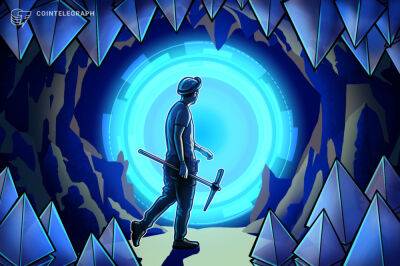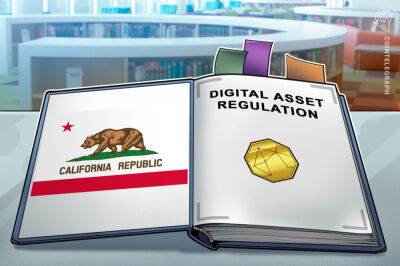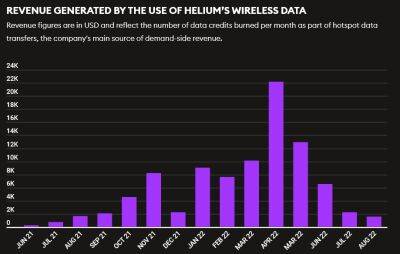Why interoperability is the key to blockchain technology’s mass adoption
Every year, we see new blockchain networks being developed to tackle specific niches within certain industries, each blockchain having specialized functions based on its purpose. For example, layer-2 scaling solutions like Polygon are built to have ultra-low transaction fees and fast settlement times.
The increase in the number of new blockchain networks is also a result of the recognition that there is no one perfect solution that will be able to meet all of the needs associated with blockchain technology all at once. Therefore, as more organizations become aware of this rising technology and its capabilities, the interconnection of these unique blockchains is becoming necessary.
Blockchain interoperability refers to a wide variety of methods that enable many blockchains to communicate, share digital assets and data and work together more effectively. This makes it possible for one blockchain network to share its economic activity with another. For example, interoperability allows transmitting data and assets across different blockchain networks via decentralized cross-chain bridges.
Interoperability is not something that most blockchains have because each blockchain is built with different standards and code bases. Since most blockchains are naturally incompatible, all transactions must be done within a single blockchain, no matter how many features the blockchain might have.
Marcel Harmann, founder and CEO of THORWallet DEX — a noncustodial decentralized finance (DeFi) wallet — told Cointelegraph: “Interoperability can be understood as freedom in data exchange. Currently, base layer protocols cannot communicate with each other effectively. Layer-1 protocols like Ethereum or Cosmos have smart contracts built into their
Read more on cointelegraph.com cointelegraph.com
cointelegraph.com









